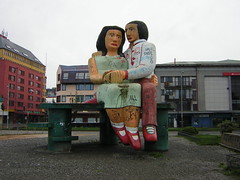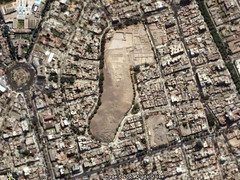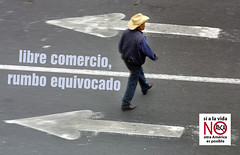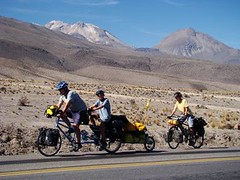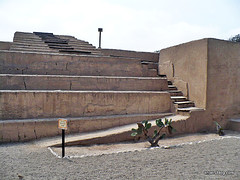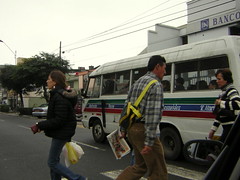La Punta del Callao
Jutting out into the Pacific from the old port city of Callao is La Punta. Despite being attached to the noisy and bustling metropolis that is Lima and Callao, La Punta remains tranquil and pleasant, not unlike a small town in itself.
Deeply connected to the sea and sea-faring, this is where private owners of yachts tie-up, where boating clubs reside and where the Peruvian Navy has its naval school. Home to Callao’s middle-class, its streets are attractive and tidy, lined with the mansions of the countries Republican period.
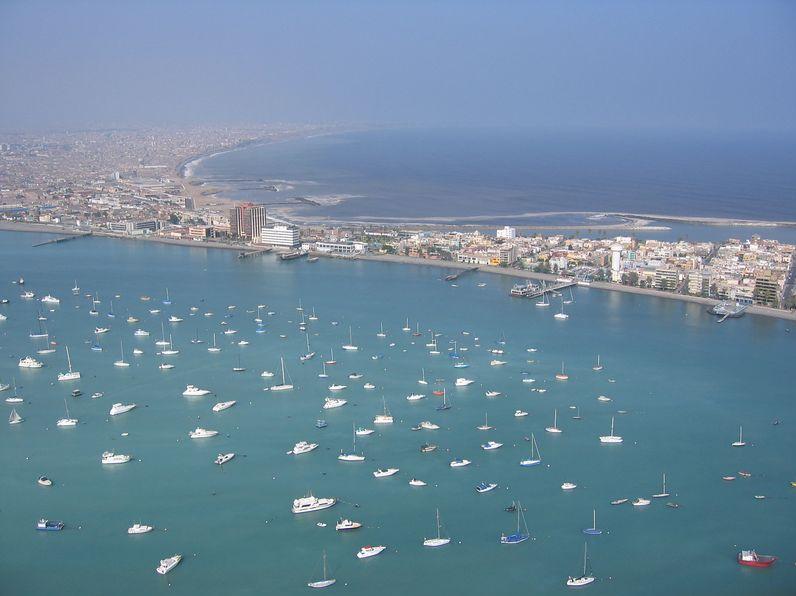
History
The first mention of this piece of land was by the Spanish chronicler Padre Jesuita Bernabé Cobo after the conquest in the middle of the 1600s. Francisco Pizarro had long since founded the capital of Lima, and Callao had become its port. The chronicler explains that when the Spanish arrived, and for some time after, the nameless peninsula was home to a fishing community called Pitipiti. It wasn’t until 1716 and thanks to Frenchman Francisco Amadeo Frezier that La Punta was labelled on maps. It was referred to as the “punta de Callao”, the Callao point.
La Punta remained uninhabited by the Spanish during colonial times, though the nearby port city became the central port of the Spanish Empire in the Americas. Indigenous fishermen still lived there in a collection of ranches referred to as “Pitipiti Viejo”, old Pitipiti. It wasn’t until later that Callao started spreading out. The nearby village of Bellavista and the ranches of La Punta were incorporated into the Province of Callao in 1836 and the whole area declared a separate department inside Peru by President Ramón Castilla in 1857. La Punta’s population had long since started to grow, the indigenous community had mixed with the new-comers and additional immigration was occurring – mostly in the form of arriving Italians to both La Punta and Chucuito. The population grew from the tens to the hundreds. Organised streets had appeared among the 100 mansions now there. La Punta would have merged into colonial Callao if it were not for the Real Felipe fortress blocking the way – but people moved back and forward with ease and regularity.
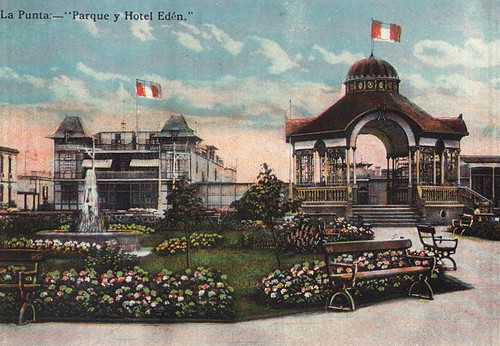
Plaza and Hotel Eden
From fishermen’s huts to fine houses, a change had taken place. The wealthy from both Callao and Lima, themselves ever more blended together as one, began to be attracted to La Punta. It had stony beaches, but calm waters on its north side and the peninsula became a resort town and home to the rich. In 1894 the railway was extended to La Punta so that access was quicker and easier – this only hastened the boom.
By 1895 La Punta was a favourite among the rich. For those who did not own property there, the hotel to be seen at was the “Gran Hotel” which became incredibly famous for being the first of a dozen or so important hotels on La Punta. It sadly burnt down in 1914, but that didn’t stop La Punta’s growth.

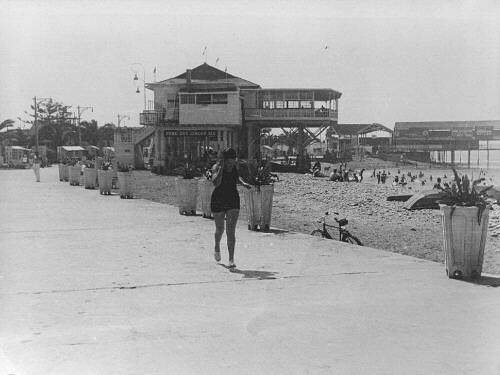
By that time La Punta was known as a home of the rich. Beautiful mansions were being built across the peninsula and lived in by the Peruvian aristocracy.
La Punta never fully lost its prestige, but in the years during the start of mass migration to Lima and phenomenal growth, the aristocracy moved on and the middle class remained. Many mansions fell into disrepair and were replaced by modern buildings, a significant number of others faired better and with the growing wealth and improving economy in Peru have found themselves owned by people who can afford to restore and preserve them.
Tourism
 La Punta is part of Callao and can be found on the other side of the Real Felipe fortress, and past the colourful district of Chucuito. It will be obvious that you have arrived, as the long stretch of land is so thin that, from either of the two one-way arteries, looking left or right and down a few blocks you will see the ocean. Any visit to La Punta, should be combined with a visit to the rest of Callao.
La Punta is part of Callao and can be found on the other side of the Real Felipe fortress, and past the colourful district of Chucuito. It will be obvious that you have arrived, as the long stretch of land is so thin that, from either of the two one-way arteries, looking left or right and down a few blocks you will see the ocean. Any visit to La Punta, should be combined with a visit to the rest of Callao.
On La Punta itself you will find a pretty plaza towards the end, a boulevard on the tip past the plaza and a number of beaches and fine restaurants along the north or right-hand stretch. Also found at the tip, towards the south or left hand side are a number of low-end cevicherías serving delicious and cheap sea food, including the local dish Choritos a la Chalaca.
Photos and Video
Tags: 1600s, 1700s, bellavista, callao, la punta, lima, navy, pacific ocean, pitipiti, sea food, spaniards



